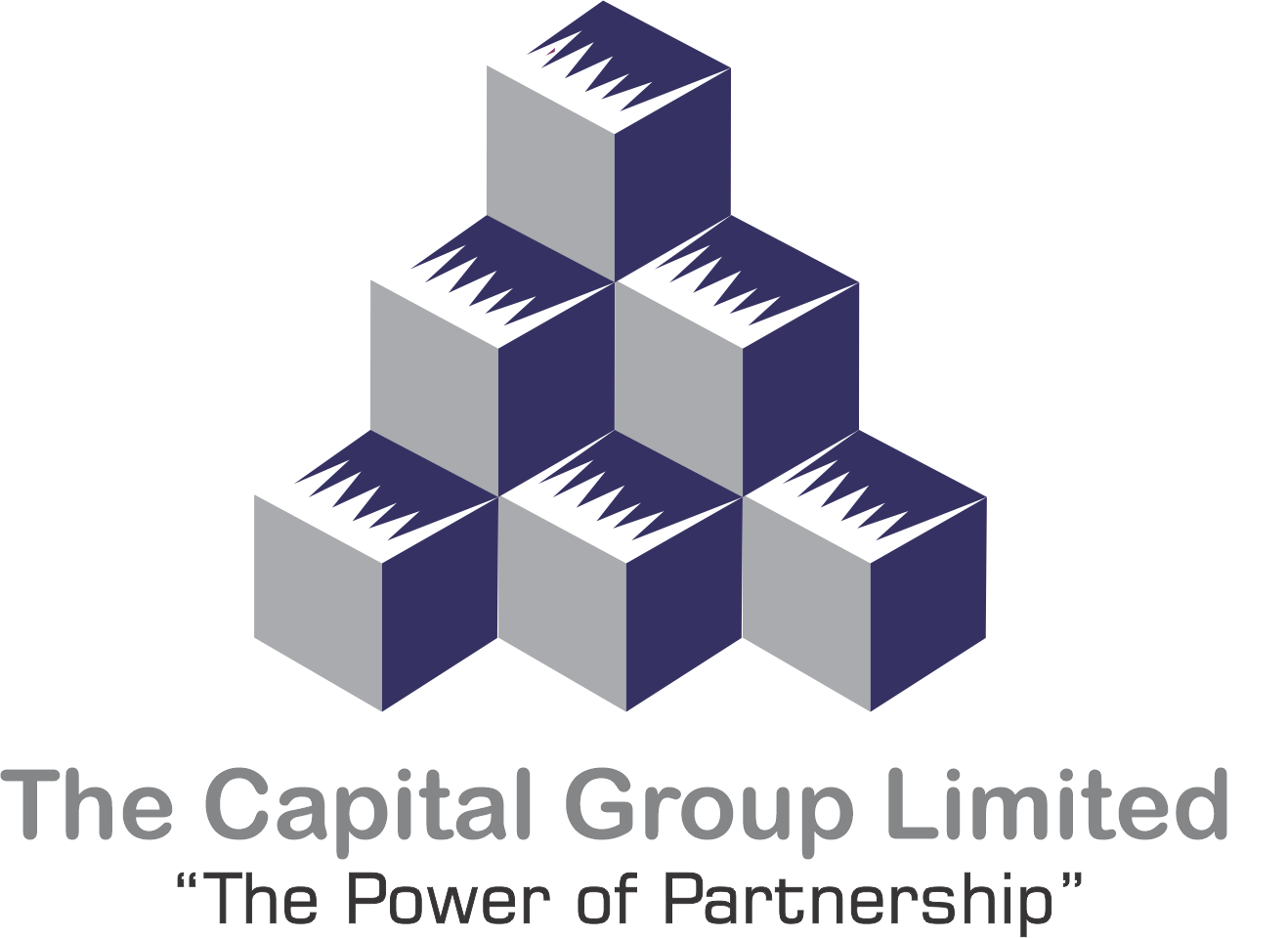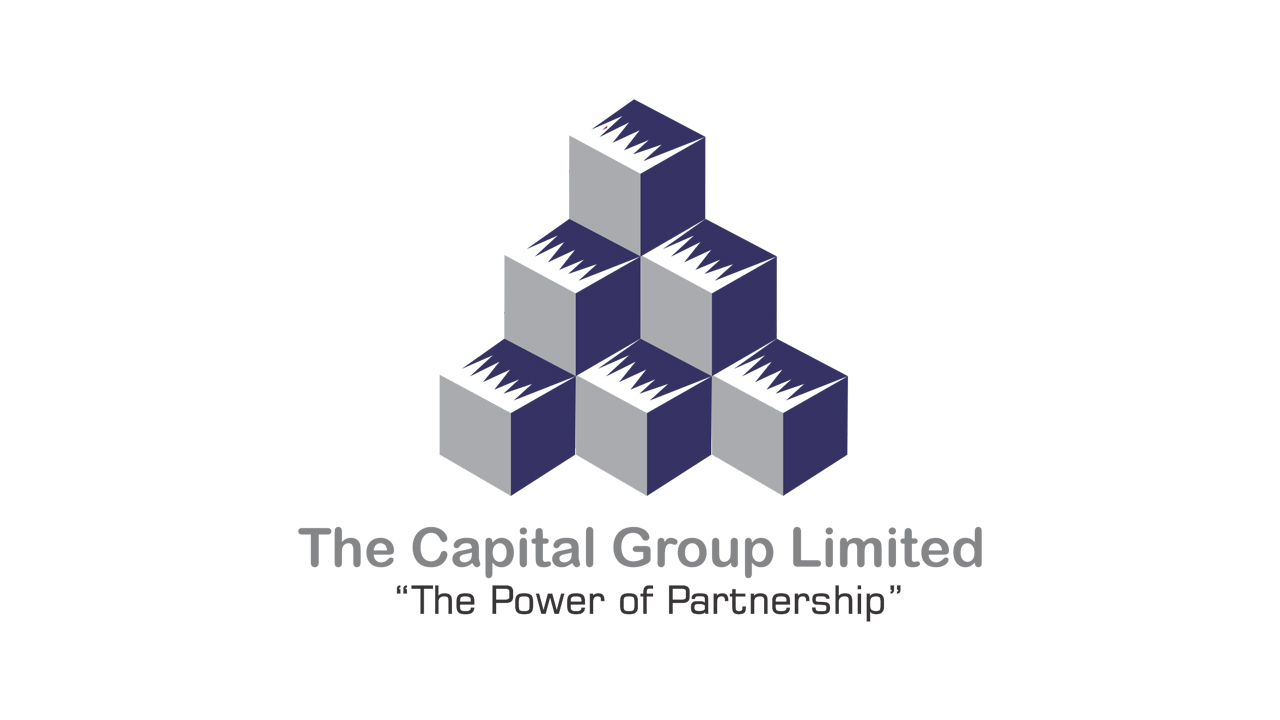HR and the Economy of Business: A Vital Connection

HR is often considered the backbone of any successful organization, but its impact stretches far beyond hiring and employee management. HR is a crucial driver of productivity, innovation and sustainable growth in today’s business landscape. As organizations navigate increasingly competitive global markets, effective human capital management has become essential to maintaining a healthy business economy. HR professionals, with their expertise in talent management, organizational development and employee engagement, are now pivotal to ensuring businesses not only survive but thrive.
HR as a Driver of Productivity and Profitability
At the heart of every successful business lies a productive and motivated workforce. HR’s role in fostering productivity starts with recruitment and onboarding. By attracting and selecting the right talent, HR ensures that organizations are equipped with the skills and expertise necessary to remain competitive. Beyond recruitment, HR implements training and development programs that keep employees’ skills sharp and aligned with evolving industry demands. HR also significantly impacts business profitability through performance management. HR professionals develop systems that link individual performance to broader organizational goals. By setting clear expectations and providing ongoing feedback, HR helps employees stay focused on driving business growth. Additionally, HR manages compensation and benefits packages, making sure they are competitive enough to retain top talent while remaining cost-effective. These strategies lead to higher productivity, which in turn boosts profit
HR as a Cost Manager and Efficiency
HR plays a vital role in managing costs, a crucial factor in maintaining the economy of any business. Effective workforce planning ensures that organizations have the right number of employees with the right skills at the right time. Both overstaffing and understaffing can be costly, leading to inefficiencies or missed opportunities. HR’s ability to analyse workforce trends and predict future needs allows businesses to maintain an optimal balance between staffing and operational demands. Moreover, HR is responsible for controlling costs related to employee benefits, compensation, and payroll. HR ensures these expenses remain manageable while still providing value to employees. During economic uncertainty, HR helps businesses make necessary adjustments such as offering flexible work arrangements or reconfiguring compensation plans, without sacrificing employee morale or productivity.
HR’s Contribution to Innovation and Competitiveness
Innovation is the lifeblood of modern businesses and HR has a direct hand in creating an environment where innovation can flourish. HR professionals promote a culture that encourages creativity, collaboration and open communication. By prioritizing diversity and inclusion, HR brings together individuals with a variety of backgrounds and perspectives, fuelling innovation through new ideas and problem-solving approaches. This diversity offers a competitive edge, enabling businesses to tackle new challenges, expand into different markets, and better serve customers. HR also plays a key role in developing leadership within an organization. Strong leadership is essential for navigating periods of change, driving innovation and maintaining a competitive edge. HR’s focus on leadership development ensures that companies have the right people in place to inspire teams, lead initiatives and address the complexities of a global market.
HR’s Role in Employee Engagement and Retention
Talent retention is a significant factor influencing the health of any business economy. High employee turnover leads to considerable costs related to recruitment, training, and lost productivity. HR is responsible for fostering a workplace culture that promotes employee engagement, a key driver of retention. When employees feel valued, supported, and aligned with the company’s mission, vision and values, they are more likely to stay, which reduces turnover costs and strengthens long-term business stability. Employee engagement also boosts performance. Engaged employees are more productive, take fewer sick days, and are more likely to go above and beyond to achieve company goals. HR’s efforts in developing programs that support work-life balance, employee well-being, and career development are instrumental in increasing engagement, which further contributes to a stronger business economy and boost profitability.
HR and Economic Adaptability
A business’s ability to adapt to economic shifts is crucial for long-term success. Whether responding to recessions, shifting market conditions or new opportunities, HR is central to helping companies navigate these transitions. HR professionals create flexible workforce strategies, such as implementing temporary staffing solutions, outsourcing certain functions, or retraining employees to meet new demands. HR’s emphasis on continuous learning and development also ensures that organizations remain competitive in an ever-changing environment. By fostering a learning culture, HR enables businesses to upskill their workforce, making sure employees are prepared to handle emerging technologies, market trends, and evolving customer needs.
Conclusion
HR is far more than just a support function; it is a key driver of the business economy. By focusing on talent management, productivity, innovation and cost efficiency, HR shapes the economic health of businesses, ensuring they are well-positioned to grow and compete. In an era where human capital is often the most valuable asset, HR’s strategic involvement in business decisions is essential for long-term success. As the global business landscape continues to evolve, HR’s influence on the economic health of organizations will only become more crucial.










